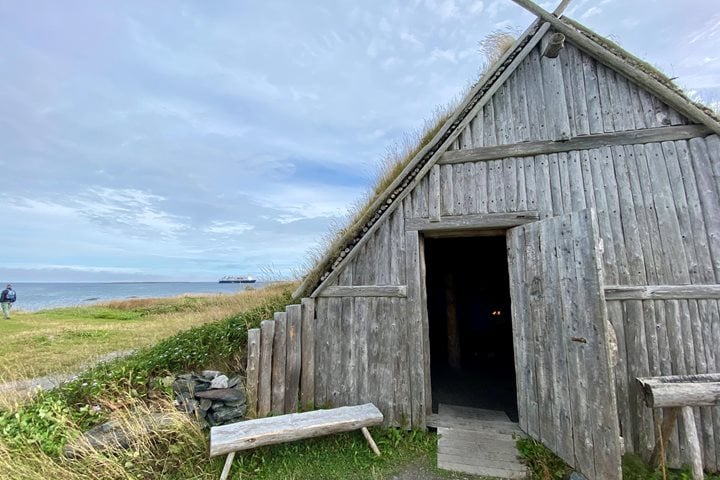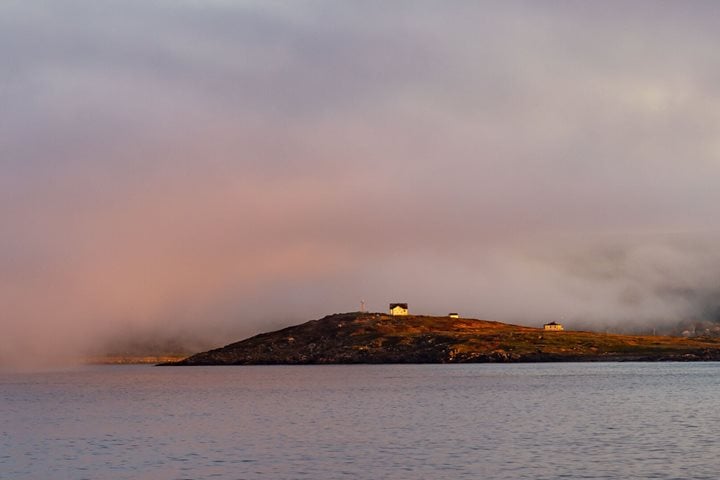Yesterday we joined National Geographic Explorer in Saint John’s, Newfoundland, and this morning, we woke up in France and were greeted with lovely music, European Union flags, and gorgeous weather.
Saint-Pierre and Miquelon Islands are situated in the northwestern Atlantic Ocean and are a self-governing territorial overseas collectivity of France. Officially discovered on October 21, 1520 by Joao Alvares Fagundes, a Portuguese explorer, they were made a French possession in 1536 by Jacques Cartier on behalf of the King of France. Already frequented by Mi'kmaq people and Basque and Breton fishermen, the islands were not permanently settled until the end of the seventeenth century.
Saint-Pierre developed around a cove protected by several small islands. The natural harbor attracted many ships, and it quickly become an economic and administrative center. Most of Saint-Pierre’s prosperity came from the role it played in the offshore cod fishery, primarily exploiting a number of rich banks in the region.
We explored the town of Saint-Pierre, where we learned about the history of the islands, as well as the Ile aux Marins, a cozy little island with traditional houses and a school museum. Some of us went for hikes into the heathland above the town. It was a lovely first day of expedition!







